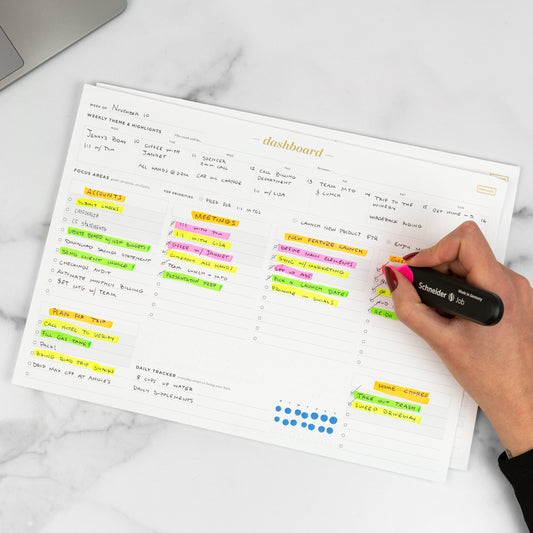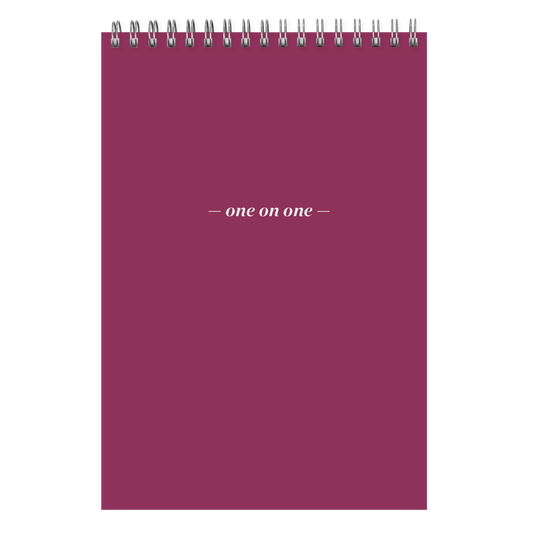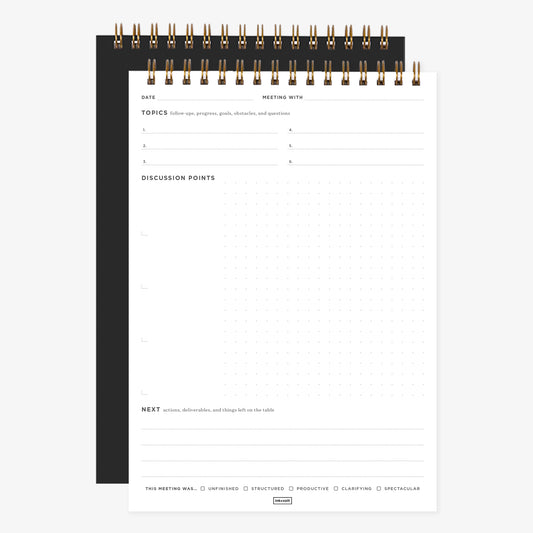In a world where most pens are disposable, fountain pens are having a humble renaissance.
A person’s handwriting is as unique as their fingerprint. How much more meaning does something hold when it has inked words you can hold in your hands?
Stepping into the culture of fountain pens can seem daunting, but trust me, it’s worth the learning curve.
Fountain pens perform differently than any pen you’ve ever used, and can be the perfect gift for yourself or anyone who enjoys writing. You get to choose the style, the look, the feel, and then you keep it for a lifetime of beautiful writing.
Trying your hand at a fountain pen is for you if:
- You journal regularly.
- You write poetry, short stories, or even novels. Stephen King wrote the entire draft of Dreamcatcher with a Waterman cartridge fountain pen.
- You keep a physical planner.
- You want to improve your handwriting or hand-lettering.
- You do (or want to) write handwritten letters to loved ones near and far.
- You want your Christmas cards and gift tags to look on point.
A brief history of the fountain pen
The story goes that Lewis Waterman, a broker on the precipice of a career-changing contract, presented the signer with a then-era fountain pen that not only refused to write, but it actually leaked on the contract. After this failure, he would go on to obtain a patent for a newly design fountain pen that boasted a modern ink delivery method.
Waterman’s pen had an air hole in the nib, allowing air to flow into the chamber to force a steady ink flow. This smooth, rich delivery of ink is what we love about modern fountain pens today. In the past 150 years, few modifications have been made to Waterman’s design, and the fountain pen remains a favorite of many handwriting enthusiasts.
For those that have not yet tried a fountain pen, they are distinctly different in experience and result than the pens we typically use day-to-day.
Why you will love learning how to use a fountain pen
You are most likely already using rollerball and ballpoint pens every day.
Both of these pens rely on a ball bearing in the pen’s tip to deliver ink. While these pens experience fewer leaks and have more ink cartridge longevity, they lack some important elements a fountain pen that makes users love them:
Smooth, effortless flow across the paper
The steel (or gold) nib of a fountain pen was designed for long-form, cursive handwriting. Rather than pushing down to produce a strong ink appearance, the dye-based ink flows freely and even from the pen’s tip as you glide across the page.
Rich, uniform lettering
When writing with a pen that drags, skips, or makes it difficult to produce a strong ink impression, the hand becomes tired and cramped, making letters jagged and non-uniform. Fountain pens are the easiest of tools with which to write and therefore you can write much longer than you’re used to.
Ergonomic shape for “proper” handwriting posture
Holding your writing utensil at a 45 degree angle with your wrist elevated slightly, not touching the paper, ensures that you will have no ink smearing or letter blurring. Do you have to hold your hand this way? No. But does a fountain pen does seem to inspire hand good posture? Oh yes. Your arm will thank you.
How to use a fountain pen FAQ + answers
Fountain pens, unlike the pens we use in day-to-day work, are tools inspired by craftsmanship. This means that while elegant and awe-inspiring when used correctly, there can be a bit of a learning curve before you achieve the effects you want as a new fountain pen user.
Here are some of the most common issues that new fountain pen users face, from making clean letters to cleaning and maintaining your fountain pen:
Feathering, when your letters seem blurry and their lines bleed out in all directions.
Easy fix: This is almost always because your paper is not fountain pen-friendly. You may have come across sheets or books of ‘writing paper’ at your local art store. Thicker, smoother, with less porosity, and much stronger than cheap notebook paper, these sheets are made to bring the best out of your fountain pen.
Before you think you’ll have to throw away every notebook in your house, don’t! Most papers, especially those found in our Ink+Volt Planner, Leuttchurm1917 journals, Rhodia journals, and Moleskine notebooks are strong enough to handle the rich pigment of your fountain pen ink without allowing it to spread on the page.
Bleedthrough, where you’re inking through to the next page.
Easy fix: While you can attribute bleedthrough to paper quality and strength, you should also consider your handwriting too. A heavy hand or a slow drag of your pen’s nib may allow more ink than you intend to enter your page.
Try writing with a second sheet of paper beneath your writing sheet, practicing holding the pen at a 45 degree angle, and keeping your grip light with your wrist elevated. You’ll gradually develop a lighter, more flowing way of writing that enhances (rather than fights against) the fountain pen ink.
Dry nib, or a seemingly light ink flow.
Easy fix: It’s possible your nib has a bit of dried ink in the chamber, or the air hole could be clogged. Unscrew the nib from the pen and soak it in hot water for 5 – 10 minutes. The ink should become dislodged and dissolve. Reattach your nib and cap your pen, giving it a few minutes to acclimate to proper airflow and ink delivery.
Splattering, typically when your pen has leaked into its cap and you remove the cap quickly.
Easy fix: It’s best to store your fountain pen upright (nib up) to keep the chamber from getting clogged. When your pen has been laying in its side for some time, ink may have pooled in the nib, the tip, or even leaked out around the rim of the steel nib. This will result in rogue ink going everywhere when you open the cap and allow more air into the chamber.
I am the ultimate offender of this rule, so I have a good workaround if you forget to store your pen upright.
Unscrew the nib with the pen in a vertical position, soak the nib in warm water, and dry excess ink with a tissue – far more absorbent than a paper towel when it comes to ink – being mindful of clothes and linens nearby.
Many of these challenges can be avoided with intermittent, easy pen maintenance. Keeping a fountain pen in perfect condition is more work than your regular throw-away ballpoint, but it’s worth it to keep this valuable instrument working year after year.
Tips for fountain long-term pen health + wellness:
- Store your fountain pen upright, in a cup or holder.
- If you’re considering storing your pen long-term, empty the ink reservoir completely before putting the pen away.
- When bringing your pen on a plane, either fill the reservoir completely or empty it completely. If the reservoir is full, open it with caution upright to keep from splattering or causing leakage.
- Clean your nib frequently, every few months at least, depending on use. Soak in warm water for 5-10 minutes, allow to dry, and replace onto pen barrel.
- Don’t loan your pen to anyone long-term; the nib adapts to the writer, so someone else’s hand could re-train your tool.
“I’ve been told fountain pens aren’t for left-handed people. Is that true?”
No way!
Goulet Pens published a thorough guide to left-handed fountain pen usage that we encourage you to check out.
And for any right-handed writers who’d like to experiment with different pen positions, this guide goes in-depth on how to hold your pen and how to find your most comfortable writing posture.
Our favorite fountain pens you should try
For those that don’t yet have a fountain pen of your own, here are our five favorite pens, ranked in no particular order. Each of these is unique in style, look, and construction, but all have the same interior technology that makes the fountain pen the world’s favorite writing instrument.
If you’re not ready to make the investment in your forever fountain pen, this sampler from JetPens will help you learn more about your handwriting style, nib size preference, pen body style, and chosen penmaker.
We hope this guide gives you more confidence on how to use a fountain pen! Yes there is a learning curve, but for anyone who loves writing or hand lettering, a fountain pen is a gift that will last a lifetime.









